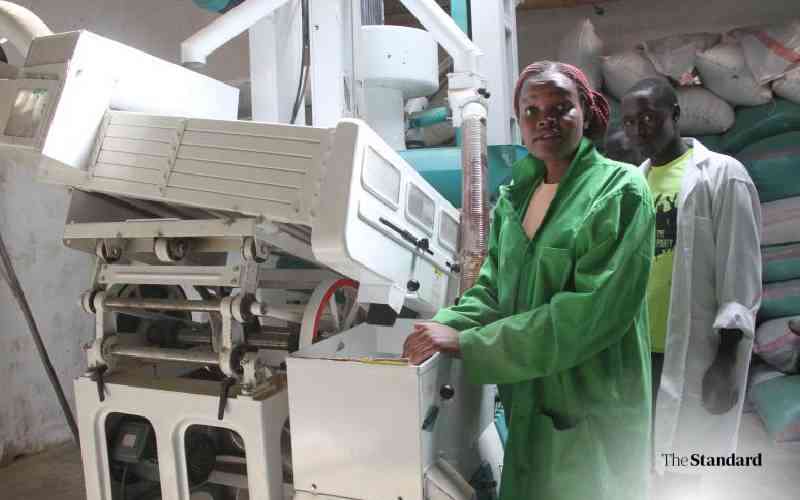Answer to a written question - Modernisation and safety of rail networks in the EU - E-000778/2025(ASW)
The Commission underlines that the responsibility for rail safety lies with the Member States and relevant actors, as set out in Article 4 of Directive 2016/798[1]. Neither the Commission nor the European Union Agency for Railways (the Agency) can replace these actors in their roles .
The Commission does assess the compliance of the national measures transposing the Rail Safety Directive[2], whereas the Agency audits its implementation and application by the national safety authorities, which play a pivotal role in ensuring safety of the national rail systems.
On request of the Commission, the Agency may perform complex assessments of the entire rail sector in Member States. To rectify non-compliance, Member States must implement an Action Plan.
In case of deficiencies in the implementation of EU law, the Commission may take the necessary measures, as it was done for Greece by opening an infringement case (INFR(2023)2036 of 16 December 2024[3]).
The Commission considers that the legislative framework concerning rail safety is mature and contains strong control mechanisms. However, it should be improved by EU-wide safety occurrence reporting for early alerts and by measures enhancing the risk-based monitoring capabilities of the Agency.
In the Commission’s view, the 2024 trans-European transport network (TEN-T) Regulation[4] introduced a solid framework to ensure the development of an efficient, digital and resilient rail network in the European Union.
Last updated: 4 July 2025







